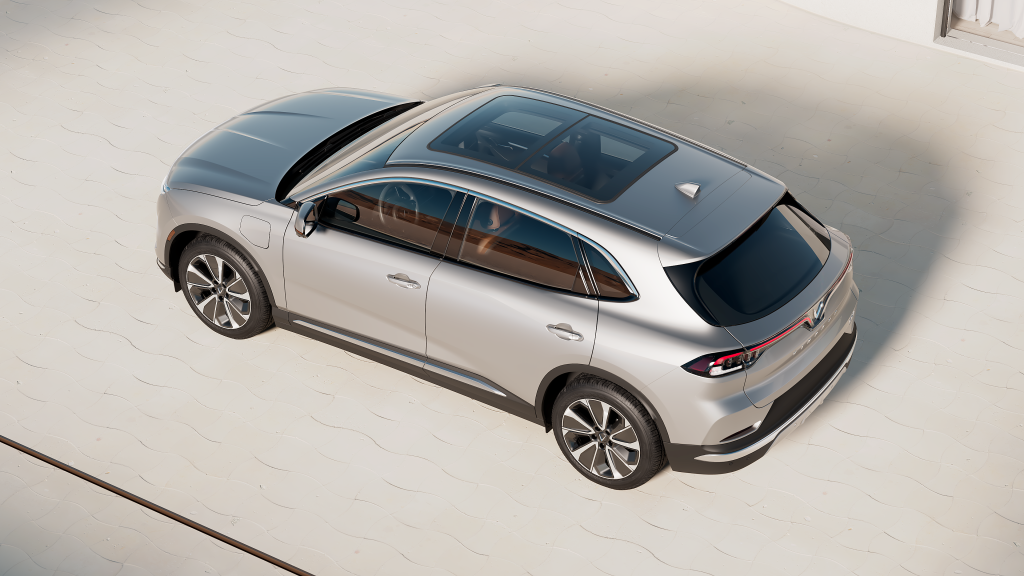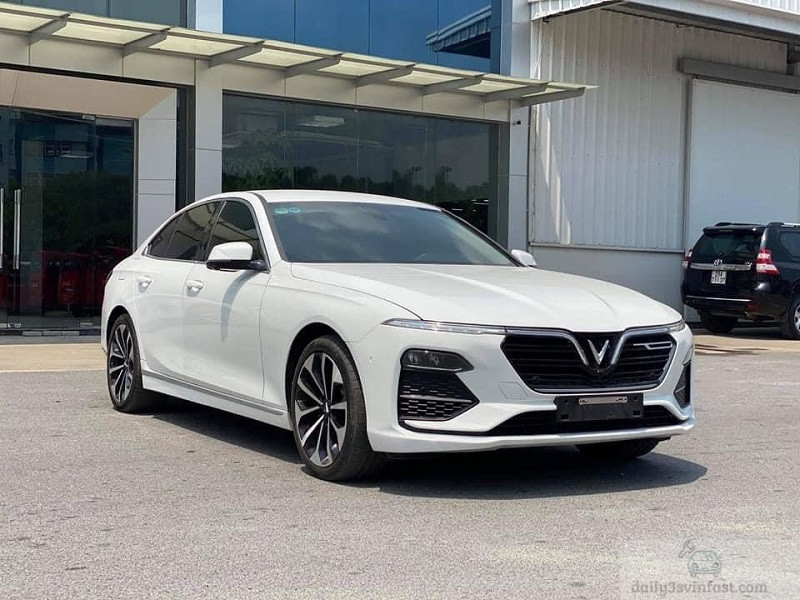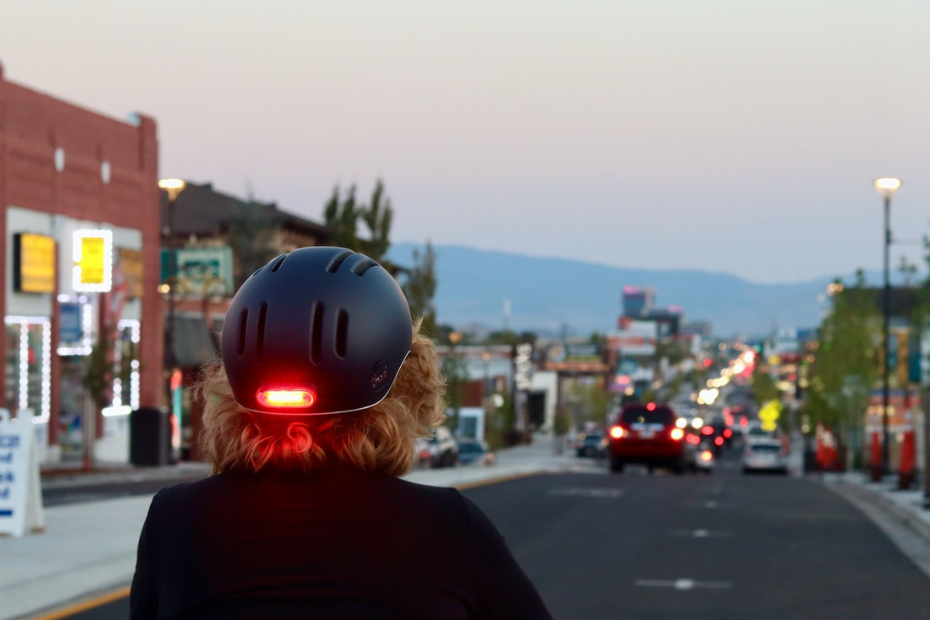Does a Safer Car Mean Lower Insurance Premiums?
Auto manufacturers are always looking for ways to make their vehicles safer, and they use the latest technology to lower the risk and consequences of an accident. Some insurance providers have taken note of these developments and may offer lower premiums as a result. But does a safer car automatically mean lower insurance premiums? And how do some of these features help reduce risk? Keep reading to find out. Can You Get Lower Insurance Premiums by Driving a Safer Car? Yes, many insurance providers will give you a discount if you drive a car fitted with certain safety features. However, these rates will vary depending on the provider and your vehicle type. What Do the Facts Say About Collision Avoidance Systems and Safe Driving? Insurance companies have a good reason for offering discounts, as these safety features make a difference. According to the Insurance Institute for Highway Safety, a forward collision warning system can help reduce the number of front-to-rear crashes by 27%. Lane departure warnings may help to lower the prevalence of single-vehicle, sideswipe, and head-on crashes by 11%. How Does Collision Mitigation Technology Reduce the Risk of a Fatal Accident? Some collision mitigation techniques can reduce your risk of…







